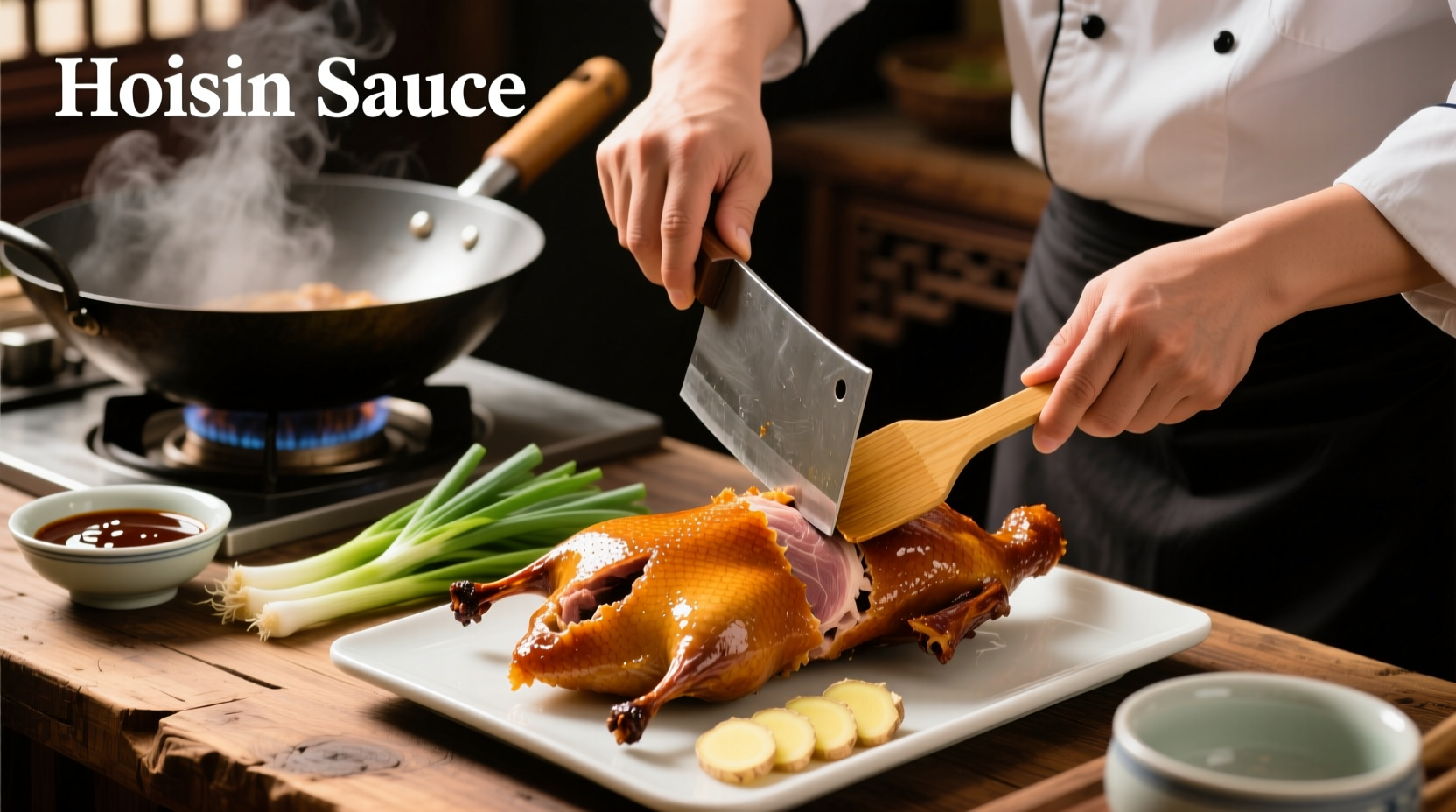If you've ever wondered how to cook duck that features crackling skin and succulent meat, you're not alone. Many home cooks struggle with this rich poultry, often ending up with greasy skin or overcooked meat. The secret lies in proper preparation, temperature control, and understanding duck's unique fat composition. This comprehensive guide reveals professional techniques that transform duck from intimidating to impressive.
Why Duck Requires Special Cooking Techniques
Duck differs significantly from chicken or turkey. Its higher fat content—particularly under the skin—requires specific handling to achieve that coveted crispy exterior while keeping the meat moist. Unlike other poultry, duck benefits from slower rendering of its fat during cooking. According to the USDA Food Safety and Inspection Service, poultry must reach 165°F internally, but duck breast can be cooked to 135°F for medium-rare perfection, as it's considered safe like red meat due to its darker composition.
| Cooking Method | Best For | Internal Temp | Time Required |
|---|---|---|---|
| Roasting | Whole duck | 165°F (thigh) | 2-2.5 hours |
| Pan-searing | Duck breasts | 135-140°F | 12-15 minutes |
| Confit | Legs/thighs | 190°F | 2-3 hours |
| Grilling | Halved duck | 165°F | 45-60 minutes |
Essential Preparation Steps You Can't Skip
Proper preparation makes the difference between mediocre and magnificent duck. Start by thoroughly drying the skin with paper towels—moisture is the enemy of crispiness. Next, carefully score the skin in a diamond pattern, being careful not to cut into the meat. This allows fat to render properly during cooking. For whole duck, remove excess fat from the cavity and neck area. Professional chefs at Le Cordon Bleu recommend refrigerating the prepared duck uncovered for 12-24 hours before cooking to further dry the skin.
Mastering the Art of Crispy Duck Skin
The hallmark of perfectly cooked duck is crackling skin. Begin cooking skin-side down in a cold pan, allowing the fat to render slowly as the pan heats. As the fat accumulates, carefully spoon it out (save it for roasting potatoes—it's liquid gold!). For oven-roasted duck, start at 425°F for 15 minutes to kickstart rendering, then reduce to 350°F. The American Culinary Federation emphasizes that patience is crucial—rushing this process results in chewy, greasy skin.

Temperature Guide for Perfect Doneness
Invest in a reliable instant-read thermometer—it's the only way to ensure perfect results. For duck breast, aim for 135°F for medium-rare (preferred by most chefs), 140°F for medium. Whole duck requires 165°F in the thigh but can be removed at 155°F as carryover cooking will bring it to temperature. Remember that duck continues cooking while resting—always remove it 5-10 degrees below target temperature. The National Duck Association confirms that properly cooked duck breast should have a deep pink center, unlike chicken which must be fully white.
Avoiding Common Duck Cooking Mistakes
Even experienced cooks make these critical errors:
- Skipping the scoring step—leads to uneven fat rendering and rubbery skin
- Overcrowding the pan—causes steaming instead of searing
- Not saving the rendered fat—wastes incredible cooking medium
- Cutting immediately after cooking—results in dry meat as juices escape
- Using high heat throughout—burns skin before fat renders
Classic Flavor Pairings for Duck
Duck's rich flavor pairs beautifully with both sweet and tart elements. Traditional French combinations include orange (à l'orange), cherry, and raspberry sauces. Asian preparations often feature hoisin, five-spice, or ginger. For herbaceous notes, thyme, rosemary, and sage complement duck exceptionally well. The Culinary Institute of America recommends balancing duck's richness with acidic components like red wine vinegar or citrus to cut through the fat.
Serving and Resting: The Final Crucial Steps
Never skip the resting period—10-15 minutes for breasts, 20-30 minutes for whole duck. This allows juices to redistribute throughout the meat. When carving, slice against the grain at a 45-degree angle for maximum tenderness. Serve duck with starches that absorb its rich juices, like roasted potatoes, wild rice, or polenta. For sauces, consider a simple pan reduction with stock, shallots, and a splash of wine or vinegar.











 浙公网安备
33010002000092号
浙公网安备
33010002000092号 浙B2-20120091-4
浙B2-20120091-4